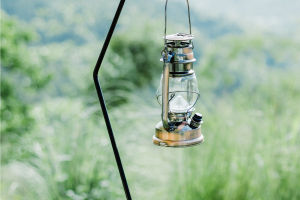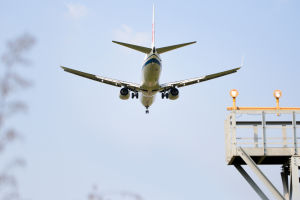
Everest Melting Crisis

On May 29, 1953, New Zealander Edmund Hillary and Nepalese Sherpa Tenzing Norgay reached the summit of Mount Everest from the southern slope, marking the first successful ascent of the world's tallest peak.
Over the seventy years since then, humans have continuously challenged this "roof of the world." According to data until January 2023, 6,338 people have successfully summited Everest.
However, while commemorating the seventieth anniversary of this human achievement, glaciologist Duncan Quincey from the University of Leeds warns that the snow and glaciers on Everest are melting at an "unprecedented" rate. Quincey states, "This change is happening rapidly and poses challenges for everyone in the region."
Related
 Sip Carefully: Hot Coffee Unveils Hidden Microplastic Dangers.
Sip Carefully: Hot Coffee Unveils Hidden Microplastic Dangers.
 From Caesar to Enigma: Cryptography's Evolution in 4 Stages.
From Caesar to Enigma: Cryptography's Evolution in 4 Stages.
 Bees transform nectar and pollen into honey, vital for their survival and contributes to ecological balance.
Bees transform nectar and pollen into honey, vital for their survival and contributes to ecological balance.
 Explore camping lights' evolution, significance, and transformative role in turning outdoor nights into enchanting experiences.
Explore camping lights' evolution, significance, and transformative role in turning outdoor nights into enchanting experiences.
 Discover Lisbon's timeless charm through its iconic yellow trams and historic streets.
Discover Lisbon's timeless charm through its iconic yellow trams and historic streets.
 Aviation incidents reveal a complex interplay of human, hardware, and weather factors.
Aviation incidents reveal a complex interplay of human, hardware, and weather factors.
Environmental activist Wenbo, former director of the National Geographic Society's Air and Water Conservation Fund, told Red Star News that the rapid melting of snow and glaciers on Everest will lead to an unsustainable water supply, causing immediate flooding and potential long-term drought.
Additionally, similar to the melting of Arctic glaciers and sea ice, the melting of snow, glaciers, and permafrost on Everest and the Qinghai-Tibet Plateau could release more bacteria, viruses, and carbon, accelerating carbon emissions and leading to significant species extinction.
Dr Sherpa, head of the International Center for Integrated Mountain Development's Climate and Environmental Risk Reduction Group, specializing in climate-related and environmental risk research in the Hindu Kush-Himalayan region, points out that reduced snow cover and expanded ice surfaces may result in thinner and less stable snow layers, increasing the risk of accidents and avalanches for climbers. Therefore, climbers must be more cautious and adequately prepared.
Indeed, several studies have indicated that "glacial melt acceleration" has become a global issue. According to a comprehensive international glacier study reported by British media in April, the melting rate of glaciers worldwide has nearly doubled in the past 20 years. Similarly, according to a report in January by American media, researchers found through data analysis that by the end of this century, up to half of the world's glaciers could disappear.
Over the coming decades, the frequency and destructiveness of floods and landslides are expected to increase, with slow-onset disasters (such as sedimentation and erosion) and sudden-onset disasters (such as glacial lake outburst floods) often co-occurring in the same basin.
Experts believe that 200 glacial lakes in the Hindu Kush-Himalayan region are currently in a dangerous state, and the risk of glacial lake outburst floods in the area may significantly increase by the end of this century. Coupled with population growth and increased economic activity in the region, these disasters will pose even more significant risks and losses.

The report finds that the changing cryosphere mainly affects fragile mountain habitats, with most ecosystems experiencing cascade effects that impact most species dependent on these habitats. Consequences include species decline and extinction, species migrating to higher altitudes, ecosystem degradation, declining habitat suitability, and the invasion of alien species.
67% of the ecological zones and 39% of the four global biodiversity hotspots in the Hindu Kush-Himalayan region are still outside protected areas, making nature particularly vulnerable to climate issues.